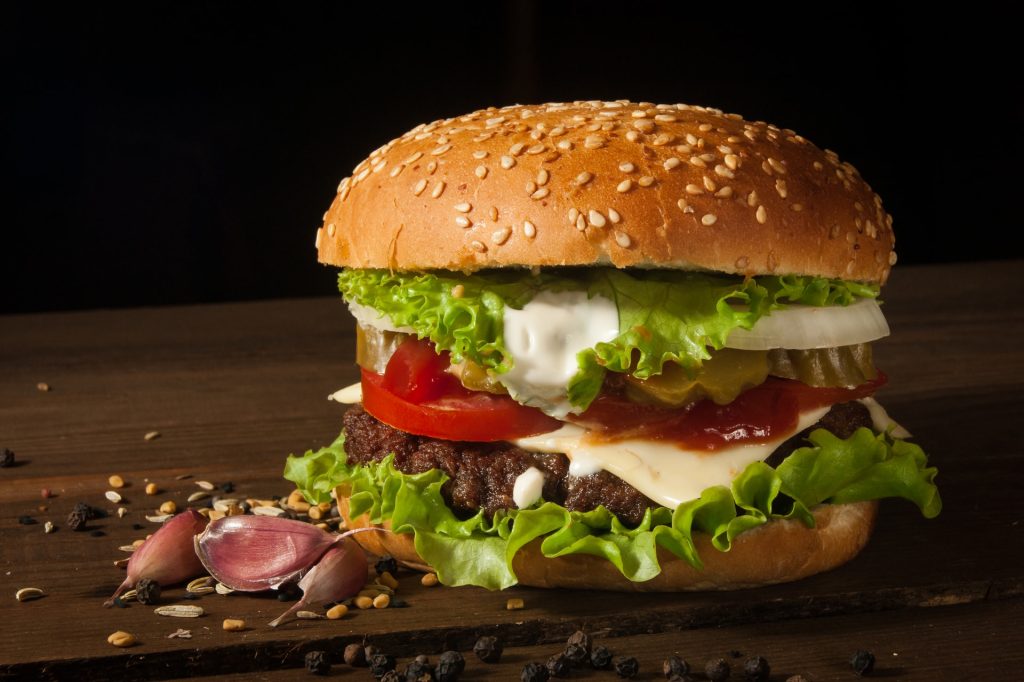
Research which appears in ACS Central Science has shown that a direct link exists between the amount of fat in the diet and bodily levels of nitric oxide, a naturally occurring signalling molecule that is related to inflammation and cancer development.
Nitric oxide (NO) is one of the critical components of the vasculature, regulating key signalling pathways in health. In macrovessels, NO functions to suppress cell inflammation as well as adhesion. In this way, it inhibits thrombosis and promotes blood flow. It also functions to limit vessel constriction and vessel wall remodelling. In microvessels and particularly capillaries, NO, along with growth factors, is important in promoting new vessel formation, a process termed angiogenesis. With age and cardiovascular disease, animal and human studies confirm that NO is dysregulated at multiple levels including decreased production, decreased tissue half-life, and decreased potency.
“We are trying to understand how subtle changes in the tumour microenvironment affect cancer progression at the molecular level. Cancer is a very complicated disease,” said Anuj Yadav, a senior research associate and the study’s lead coauthor.
Cancer is more than just a few tumour cells, rather the entire microenvironment of the tumour supporting the cells, Yadav explained.
“Inflammation can play a significant role in this environment. Certain inflammatory response comes from highly processed foods, which are high in calories and high in fat. We wanted to understand the links between food, inflammation, and tumors at a molecular level, so we had to develop advanced probes to be able to visualise these changes,” he said.
Yadav and coauthors are familiar with existing research linking increased NO levels to inflammation, and inflammation to cancer. Proving the connection between high-fat diets and NO levels on a molecular level required developing a highly sensitive molecular probe capable of deep-tissue imaging.
The team designed a molecular probe which is the first of its kind to be used in bioluminescence imaging of NO in cancer.
“Our group specialises in making designer molecules, which allows us to look at molecular features that are invisible to the naked eye,” said Jefferson Chan, an associate professor of chemistry at the University of Illinois Urbana-Champaign and the study’s principal investigator. “We design these custom-made molecules to discover things that weren’t previously known.”
With the probe, the researchers compared the tumourigenicity of the breast-cancer-carrying mice on a high-fat diet (60% of calories coming from fat) with mice on a low-fat diet (10% of calories coming from fat) by measuring the NO levels in both groups.
“As a result of the high-fat diet, we saw an increase in nitric oxide in the tumor microenvironment,” said Michael Lee, a student researcher in the Chan lab and a lead coauthor on this study. “The implication of this is that the tumor microenvironment is a very complex system, and we really need to understand it to understand how cancer progression works. A lot of factors can go into this from diet to exercise – external factors that we don’t really take into account that we should when we consider cancer treatments.”
The authors emphasised the importance of proving a direct link between a high-fat diet, NO levels, and cancer development. With this association now known, new implications exist for cancer diagnosis and treatment.
“Without this technology, you wouldn’t see this missing molecular link,” said Chan. “Now that we know that this is happening, how do we prevent it, and how do we improve the situation?”
Source: Beckman Institute

